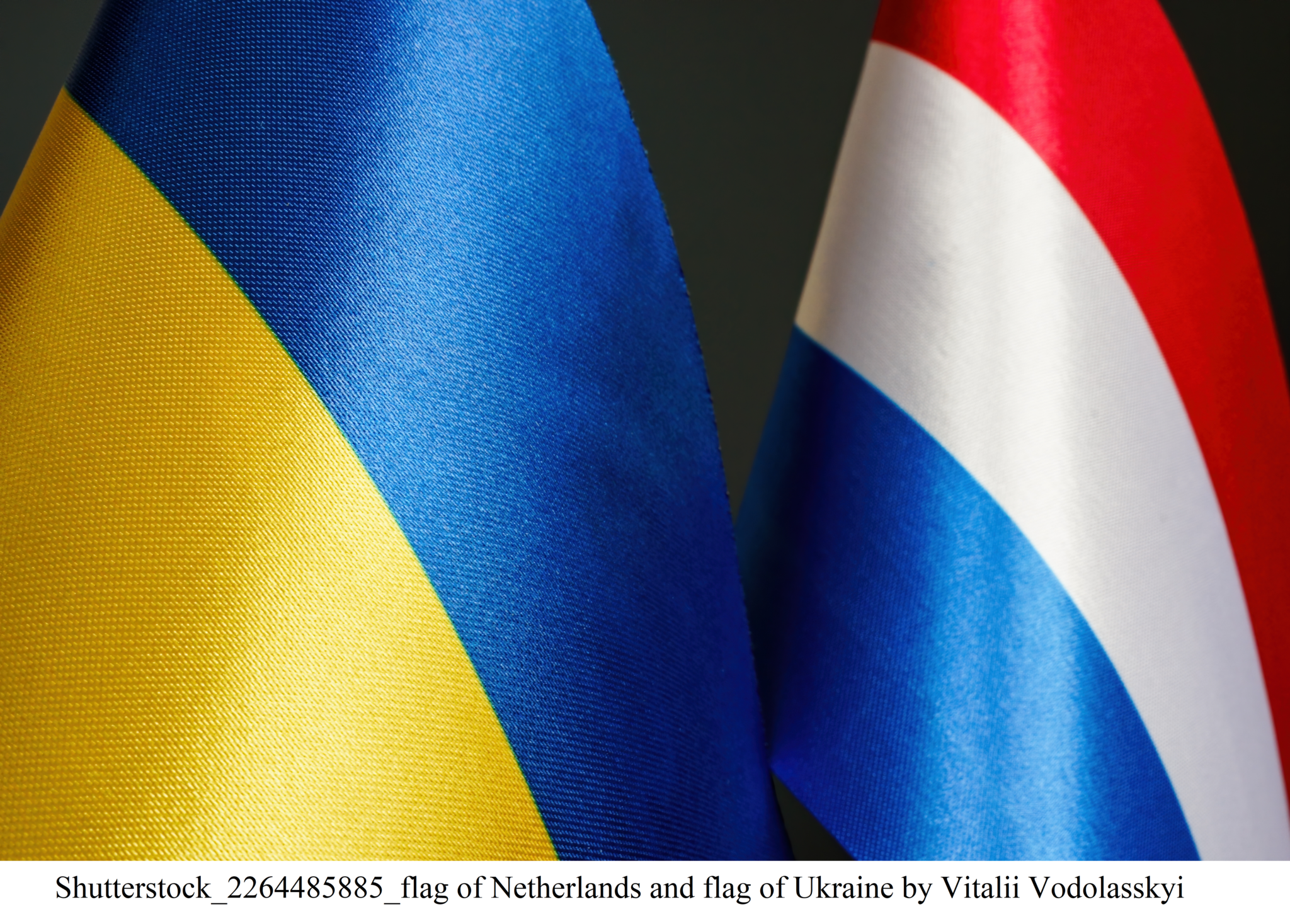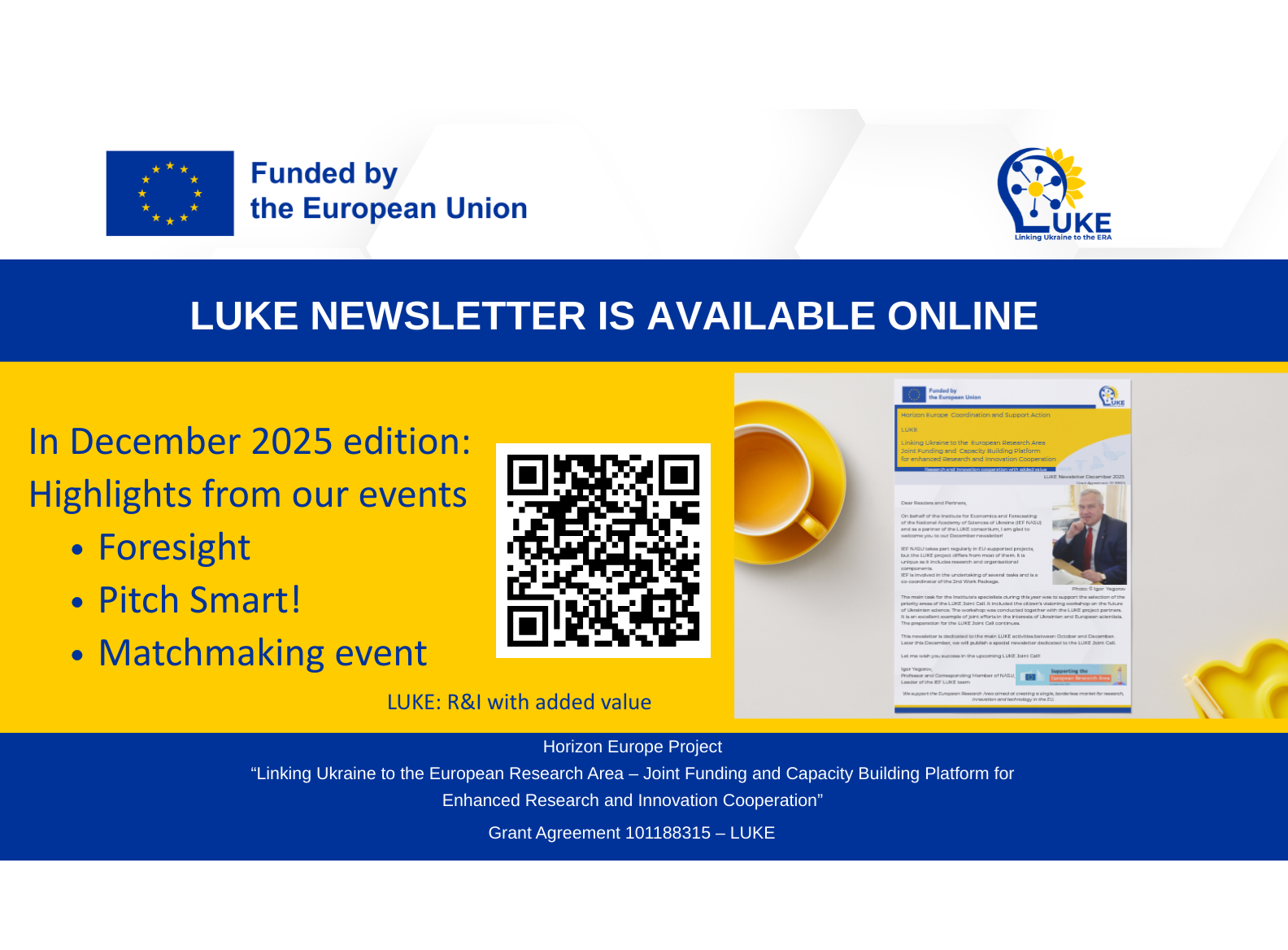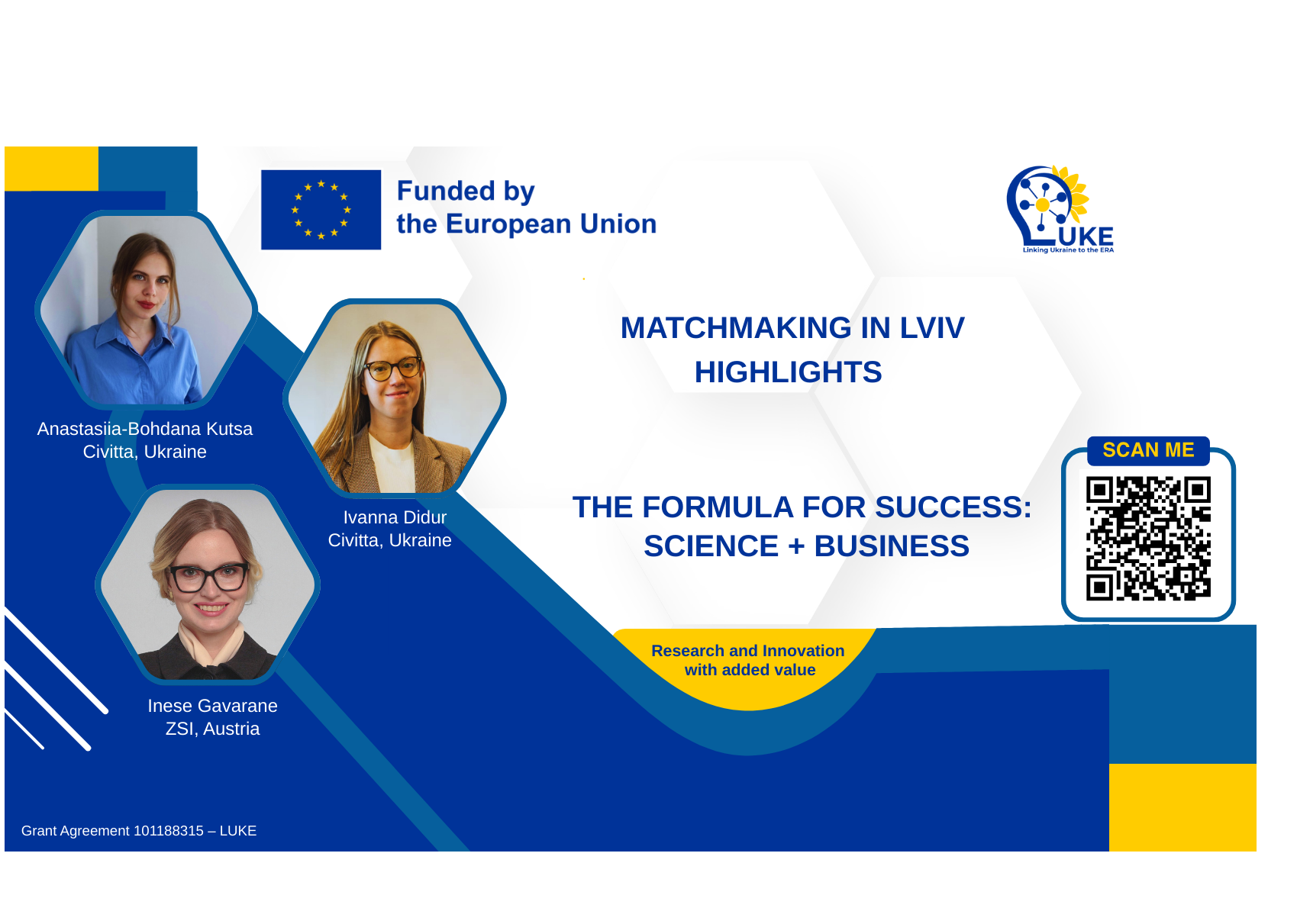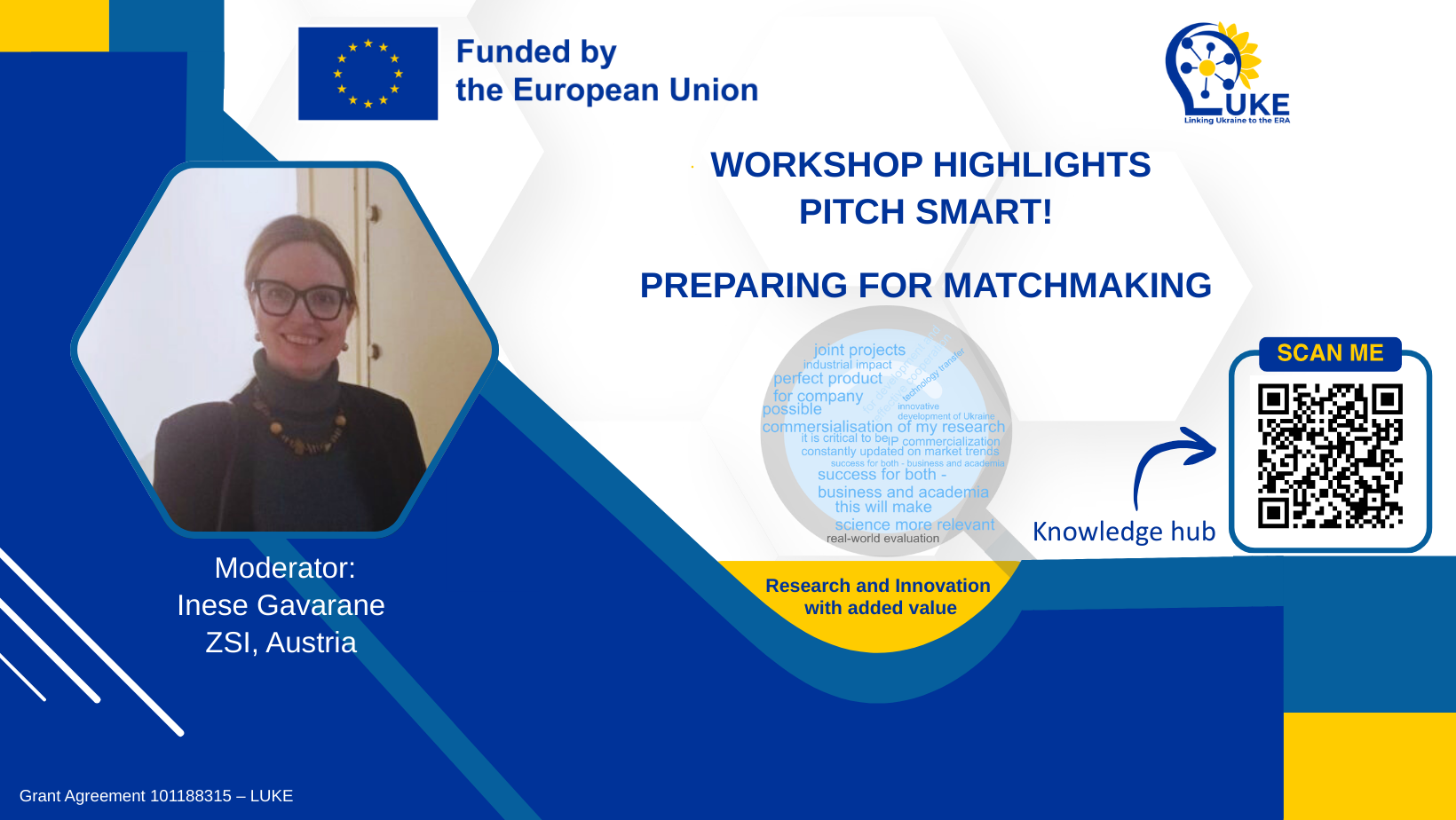Dangerous ‘aliens’ are not only part of science fiction films – they can also be found in our water bodies. Pseudorasbora parva, lepomis (or true sunfish), Chinese sleeper – these are the names given to alien species that try to displace (or even destroy) local fish species. Researchers and environmentalists are sounding the alarm: the invasion of invasive species is gaining alarming proportions.
Researchers of I.I. Schmalhausen Institute of Zoology of the NASU together with colleagues from other research institutions decided to investigate invasive species and find answers to the question: how do they get to Ukraine? Where are their habitats? Are they genetically variable? What parasites do they carry (and how dangerous are these parasites)? With the NRFU grant funding, they were implementing the project ‘Development of scientific basis of comprehensive monitoring and threats of the spread of invasive fish species in the river network and transitional waters of Ukraine (based on parasitic, population and genetic markers)’.
We found Yuliya Kutsokon, the project PI, a senior researcher of the Department for Monitoring and Protection of the Animal World at I.I. Schmalhausen Institute of Zoology of the NASU, on an expedition in a remote part of the Carpathians. The researcher was investigating an old wooden dam (“klause”, from the German language translated as “pass”, “gorge”), and managed to answer the phone only when she got to the bank.
Yuliya is a well-known specialist in the topic of invasive fish – she has been researching the ways of their spread and the damage caused by alien species for many years.
The researcher said that invasive species enter Ukrainian water bodies either naturally or with the help of humans (for example, with fry of industrially important species). They compete with local species for ecological niches and can dramatically change the ecosystem.
“Some invasive species enter water bodies from aquariums, they are released by aquarists or amateur fishermen. That is how, for example, the Chinese sleeper began its journey from the Far East to the West,” explained the project PI. “These actions should be considered biological crime, they pose a direct threat to local fish, and therefore to the economy of the region.”
Another predator is the Pseudorasbora parva, called ‘Dnipro piranha’ by ecologists for a good reason! This predator does not only eat food in water bodies, but also harms large fish (for example, it bites off the fins). Then an infection gets into the wounds and the fish can die.
“It is difficult for ‘aliens’ to integrate into the natural system, since local predators are on the hunt. However, in changed ecosystems they multiply quickly and become a serious problem,” mentioned the researcher. “The Dnipro has been such an ecosystem for many decades (now it is a system of reservoirs).”
By the way, changed ecosystems can become places from which invasive species spread into natural ecosystems. Natural ecosystems with unstable conditions (for example, our Ukrainian one-arm river mouths and estuaries of the Northern Black Sea region) can also be donors of invasive species. “For example, our gobies and ruff got into the Great Lakes of North America with the ballast water of ships and changed their ecosystem together with the Dreissena. These are new freshwater species capable of living both in brackish and fresh waters,” added the Professor.
As part of the project, researchers also studied this group of invasive fish.
Yuliya is convinced that the spread of invasive species must be monitored and controlled. In the EU, for instance, a strategy on the problem of invasive non-native species and a number of national strategies have been developed. In New Zealand and the Hawaiian Islands, all non-native species that pose a threat on local species and ecosystems are to be destroyed. “In some countries, it is forbidden to release captured invasive species back into water bodies. France and Lithuania generally banned the transport of some of the invasive species through their territory,” explained the researcher.
Before the start of the full-scale war, the project implementers had managed to complete the lion’s share of the work. They also bought much-needed equipment – microscopes, binoculars, flow rate meters, water analysis kits, and reagents. And, last but not least, a boat and overalls.
“We were very happy that there were funds and everything necessary for research,” says the PI. “There was no need to collect various sets of overalls and ask someone to help with the boat. Finally, we had modern waders and the necessary equipment.”
2021 was a time of active field research for the team. The researchers went to the Zdvizh River in Kyiv Region, worked at Kartal Lake near the village of Orlivka in Odesa Region (this lake belongs to the Danube lakes system), took samples from the Dnipro reservoir (near Dnipro City), estuaries and the sea nearby Odesa, etc.
“In small water bodies fish were caught with pods, in larger ones – with a fry trowel,” continued Yuliya. “Usually, expeditions take place in the warm season, but sometimes we went in winter. For instance, we collected samples from under the ice at the Berizka model reservoir in the capital’s Hydropark.
Assistance comes from researchers from local universities (for example, from Odesa I.I. Mechnikov National University), research institutions (in particular, the Institute of Fisheries of the National Academy of Agrarian Sciences of Ukraine) and others. This cooperation is very important, because for a small team it is impossible to visit all the water bodies of our country.
“We start, put on waders, catch fish and return as quickly as possible (in order to deliver live fish to the parasitologists),” explains Yuliya. “I can’t even imagine when we will be able to resume field research because the territory near many water bodies is still mined…”
The first months of the war became a time for the team to make difficult decisions, most of the researchers from Kyiv temporarily moved to safe regions of the country. But according to the PI, they are constantly in touch, work, go on expeditions, support each other.
In particular, the team have managed to collect and fully analyze data on true sunfish. Several important articles have already been published in international journals.
“We are grateful to the NRFU for the opportunity to gather ichthyologists and parasitologists from different institutions in one project. This helps to study the topic in as many ways as possible and to look at the problem from different angles,” added the Professor. “Thanks to the work in the project, our young team members became friends with such masters as Yuriy Kvach from the Institute of Marine Biology of the NASU and Volodymyr Yuryshynets from the Institute of Hydrobiology of the NASU. By the way, six members of our team are early-career researchers. It is not easy for us, but we work and believe in victory. We really hope that we will be able to complete the project. Its results are very important for the health of our water bodies.
Svitlana GALATA





